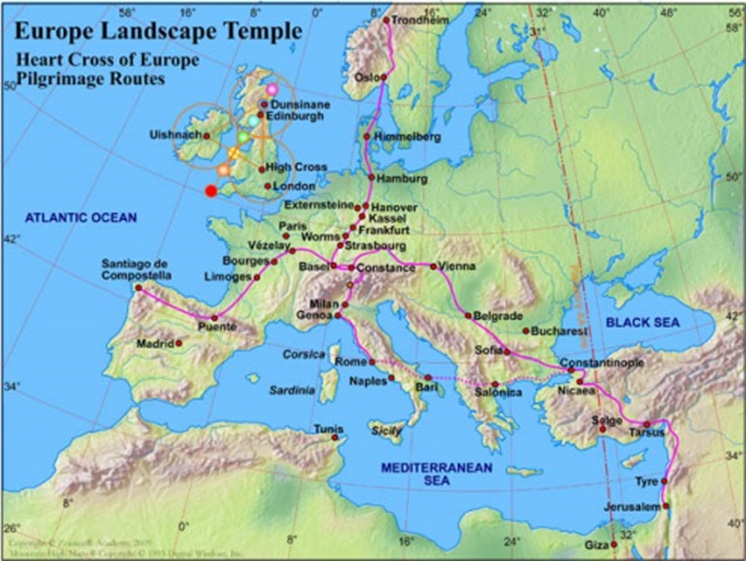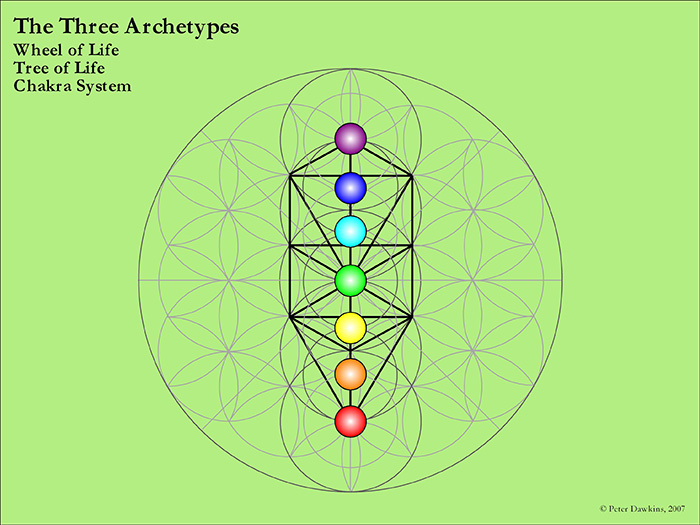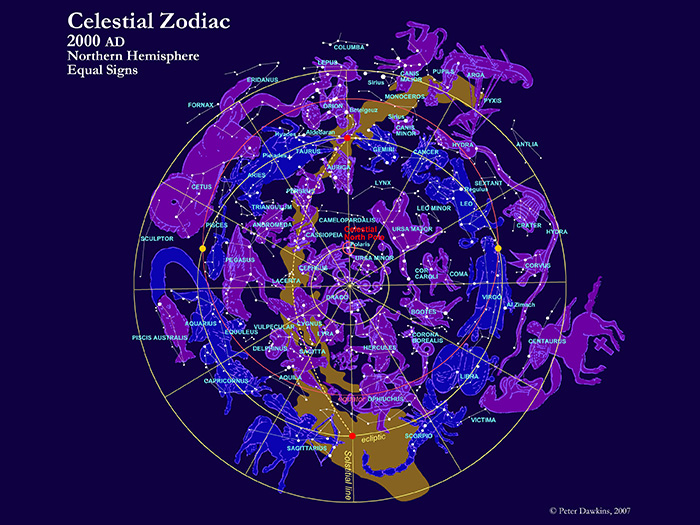The Pilgrimage Cross of Europe
Two major ancient trade and pilgrimage routes traverse Europe, one stretching from east to west and the other from north to south. Crossing each other at Constance on the German-Swiss border, the ancient centre or heart of Europe, these two routes form a cross spanning the whole of Europe, known as the Pilgrimage Cross of Europe. The east-west route makes its way between Istanbul (previously known as Constantinople), where Europe meets Asia Minor, and Santiago de Compostela in Galicia, north-west Spain. The north-south route lies between Trondheim in Norway and Rome in Italy.
These two ancient routes, which are pre-Christian in origin, were used not only for trade and pilgrimage but also to define the extent of the Christian Church in Europe, as it indeed defines the extent of Europe, including part of Scandinavia, in landscape or geomantic terms. Wherever possible the routes follow rivers and valleys to help ease an otherwise difficult journey. In this respect, for much of its journey the east-west route follows the River Danube, whilst for part of its journey the north-south route follows the River Rhine.
Like many well-used trade or pilgrimage routes, the east-west route has developed a major chakra system over the course of time, one that was already recognisable in classical times sufficient for Europe to be named after the myth of Europa and the Bull, with all that that means. In this scenario, mainland Europe performs the role of the Bull (i.e. Zeus in disguise) whilst the British Isles perform the role of Europa. As portrayed in myth, Europa (the British Isles) sits on the neck or broad shoulders of the Bull (mainland Europe) whilst the Bull swims across the world (or flies across the universe, depending on the version of the multi-layered myth). In terms of the European Bull, Spain signifies its head, with Santiago marking its crown chakra, whilst Istanbul marks its root chakra. All the main pilgrimage routes across Europe to Santiago de Compostela, of which this is the principal one, were esoterically devised so that pilgrims would help carry the earth energy (i.e. dragon or kundalini energy) through the body of Europe to its crown, and then return with a spiritualised and healing energy to grace their homes and countries, thus assisting the evolution and illumination of Europe.
This east-west route extended eastwards into Asia Minor and linked up with major trade routes crossing Asia and the Middle East. In early Christian times the pilgrimage route used to connect with Ephesus, thereby linking the shrine and major pilgrimage centre of the apostle John the Beloved (Divine) with that of his brother James the Elder in Santiago de Compostela. A further extension connected with Jerusalem.
The north-south route crossing Europe approximately follows, in a winding or serpentine way, a recognisable north-south energy line that is both a planetary electro-magnetic meridian and a ley line of etheric energy. It approximates to the planetary 9 degrees longitude, although as a powerful geomantic or etheric energy line it appears in some places to be several miles wide and consist of several parallel ley lines or electromagnetic meridians. This energy line we have called the Heart Line of Europe, as it crosses through Constance, the central focus of the heart chakra of Europe. We have also called it the Swan Line for reasons given below.
As for the east-west route, this north-south route has developed its own chakra system, which more or less follows the north-south energy line for those of its chakras from crown to solar plexus. However, for the sacral and root chakras there seem to be two separate developments, one that follows the ley line south through Corsica and Sardinia, with those islands forming the sacral and root chakras respectively, and the other that follows the earth energy or dragon route across land to Rome and then southwards to Naples and ultimately to Sicily, with Rome/Naples jointly focusing the sacral chakra and Sicily forming the root chakra.
If one looks at the Pilgrimage Cross of Europe as a whole, it is possible to also see it portraying symbolically and allegorically, in geomantic terms, Cygnus the Swan, wherein the east-west pilgrimage route forms the wings of the Swan and the north-south energy line forms the spine of the Swan. Not only is the celestial Cygnus known alternatively as the Northern Cross but also the myth of Leda and the Swan is, like the myth of Europa and the Bull, associated metaphorically and symbolically with the throat chakra—and Europe forms the throat chakra of the world. Not only did the sages of old know this but also the landscape of Europe carries those signatures, helping to reveal and offer the chance to enhance the functioning of the planetary throat chakra.
The symbolism associated with the Bull, which is a solid, earthy creature that lives on the earth, is strength and virility, ploughing and seeding, the sounding of the creative word of truth, and the establishment of justice. The symbolism associated with the Swan, which is a feathered bird that can walk on land but mostly swims in the water and flies in the air, is inspiration, flights of consciousness, the development of the arts and sciences, and the evolution of culture. As already mentioned, both these creatures are associated symbolically with the function of the throat chakra. Their relationship to each other is beautifully expressed by the Cross, wherein the spine of the Swan is associated with the vertical axis of the Cross and the spine of the Bull is associated with the horizontal axis of the Cross. The one lays the groundwork; the other raises it to higher levels. This whole symbolism of the throat chakra is remarkably manifested in Europe via the Pilgrimage Cross of Europe.
The many centuries of pilgrimage along the two great routes that form the Pilgrimage Cross of Europe have undoubtedly helped to vitalise and enhance the chakras of the Swan and Bull of Europe, as no doubt intended by those in the know. A great deal of pilgrimage is still done today, especially to Santiago de Compostela and Rome, but it would be highly beneficial to the whole of Europe and the world if this could be increased, especially if done with consciousness of the greater role such an act of devotion and love performs. It would help in a major way to build the light body of the planet and raise human consciousness worldwide.








